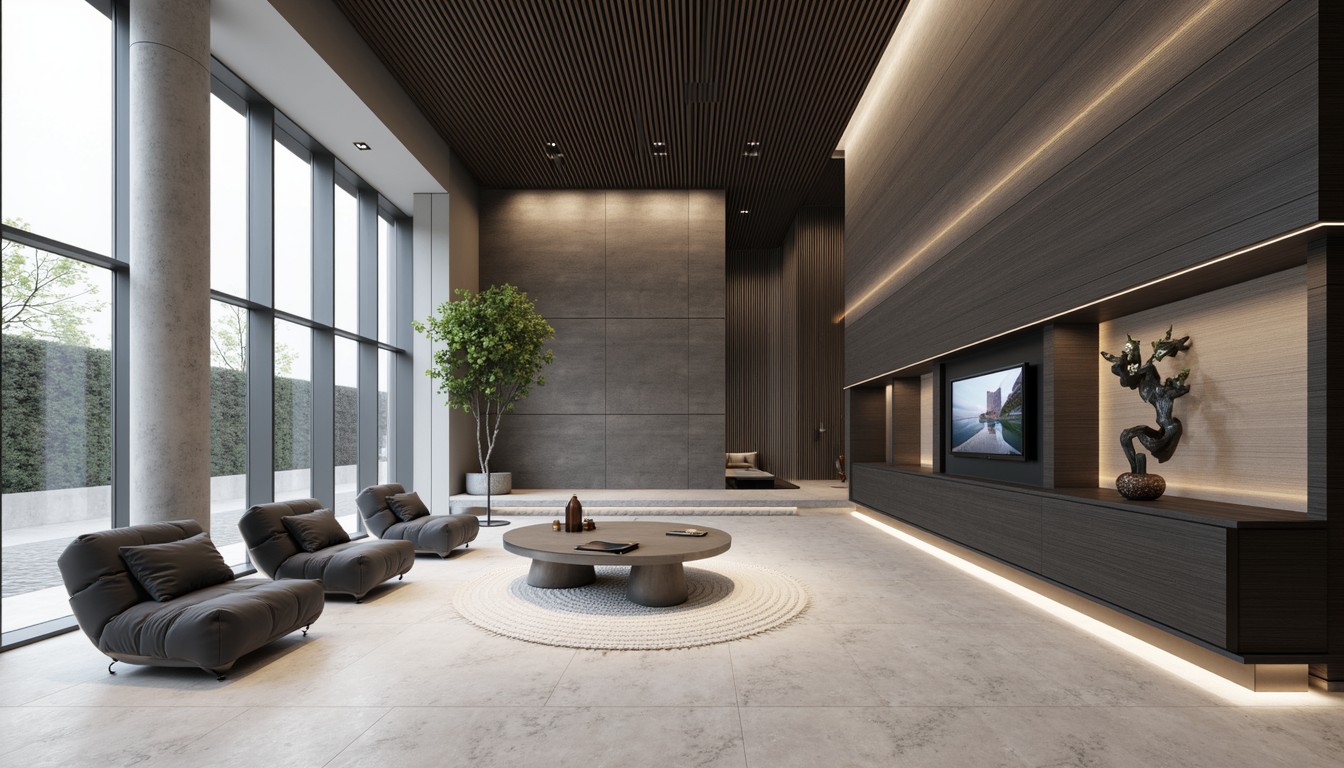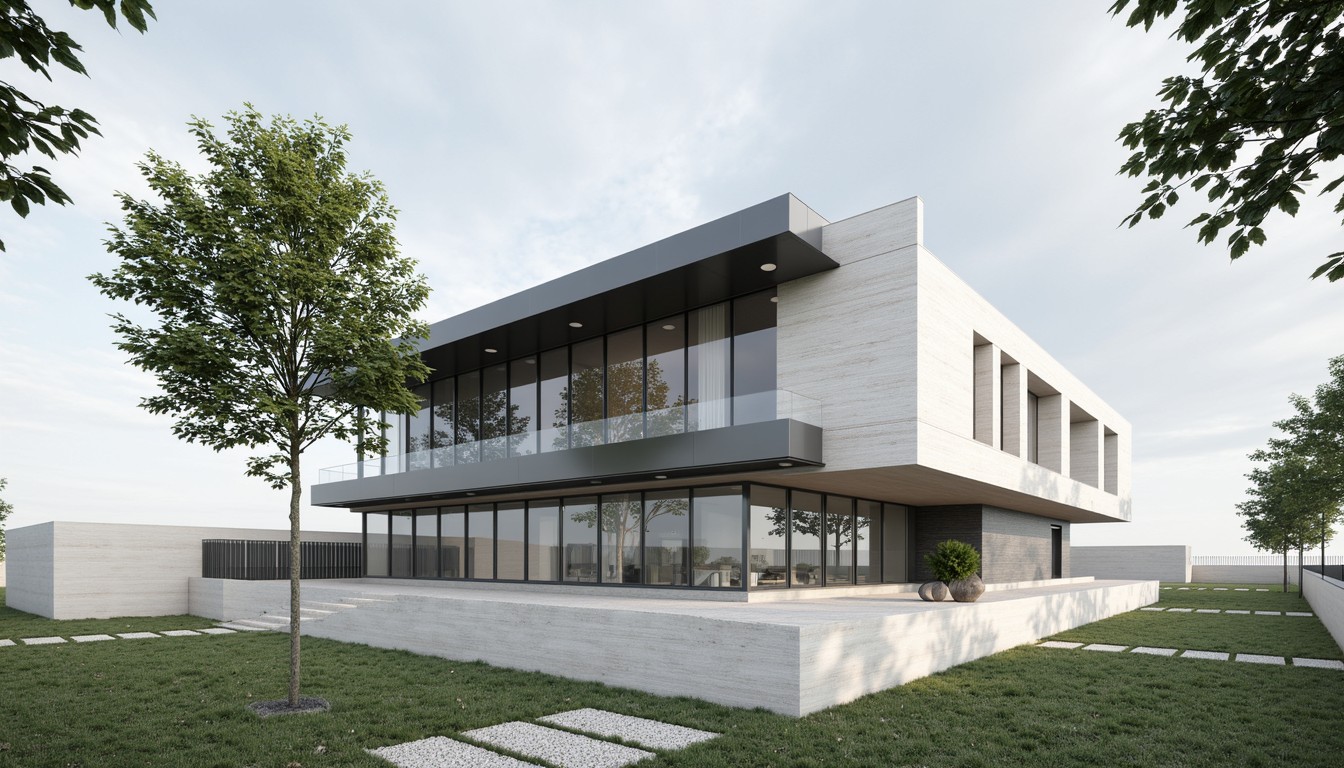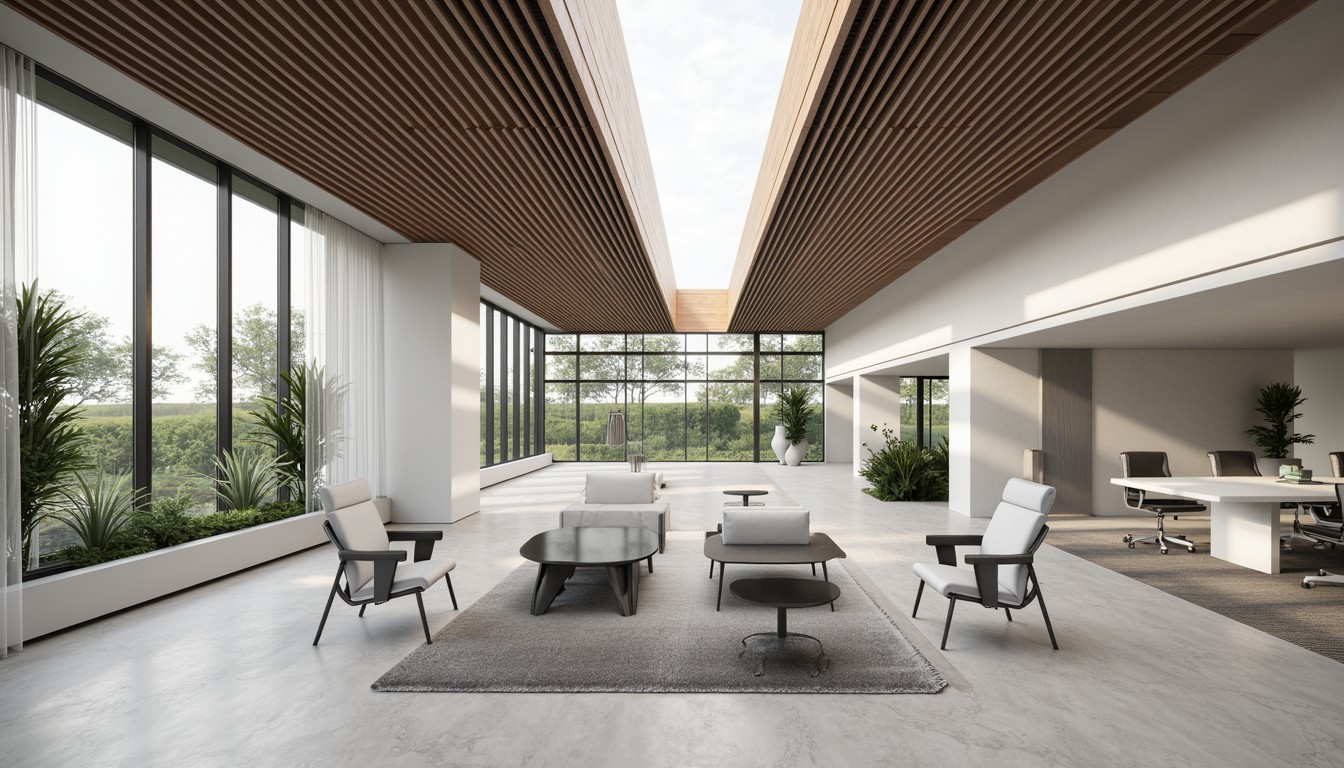Digital Transformation: Revolutionizing Architectural Design
The architecture industry, traditionally reliant on manual drafting and physical models, is undergoing a dramatic digital transformation. This shift, driven by advancements in technology and a growing demand for efficiency and innovation, is reshaping every aspect of the design and construction process. From conceptualization to completion, digital tools are enhancing collaboration, improving accuracy, and ultimately delivering superior architectural outcomes.
The Rise of BIM and its Impact

Building Information Modeling (BIM) is arguably the cornerstone of this digital revolution. BIM is a process involving the generation and management of digital representations of physical and functional characteristics of places. This intelligent 3D model goes far beyond simple visualization; it contains detailed information about every aspect of a building, including geometry, materials, specifications, and even cost data. This data-rich environment facilitates better collaboration among architects, engineers, contractors, and clients.
The benefits of BIM are manifold. It allows for early detection of clashes and errors, minimizing costly rework during construction. It enhances coordination among different disciplines, ensuring a smoother and more efficient workflow. Furthermore, BIM facilitates better cost estimation and project scheduling, leading to improved budget control and timely project delivery. ArchNav leverages the power of BIM to create highly detailed and accurate models, forming the foundation for our stunning visualizations.
Advanced Visualization Techniques: Beyond Static Renderings
Architectural visualization has undergone a remarkable transformation, moving beyond static renderings to immersive experiences. Techniques like virtual reality (VR) and augmented reality (AR) are now integral parts of the design process, allowing architects to present their designs in engaging and interactive ways. Clients can explore their future buildings in virtual reality, experiencing the space and its features firsthand, leading to more informed decisions and reduced risk of misunderstandings.
ArchNav specializes in creating photorealistic renderings, stunning animations, and immersive VR experiences, allowing our clients to showcase their projects with unparalleled clarity and impact. We use cutting-edge software and techniques to create visualizations that capture the essence of the design and inspire confidence in the project's success.
The Role of AI and Machine Learning

Artificial intelligence (AI) and machine learning (ML) are rapidly emerging as powerful tools in architectural design. AI-powered algorithms can analyze vast datasets, identify patterns, and optimize designs for factors like energy efficiency, sustainability, and structural integrity. Machine learning can also be used to predict project costs and timelines, enabling more accurate budgeting and scheduling.
While still in its early stages of adoption, the potential of AI and ML in architecture is immense. ArchNav is actively exploring the applications of these technologies to enhance our services and deliver even more innovative solutions to our clients.
Cloud Collaboration and Data Management
Cloud-based platforms are revolutionizing collaboration in the architecture industry. Architects and their teams can access and share project data from anywhere in the world, fostering seamless communication and improving efficiency. Cloud storage also ensures data security and easy backup, minimizing the risk of data loss.
ArchNav utilizes cloud-based collaboration tools to maintain secure and efficient project workflows. This ensures all stakeholders have access to the latest information, fostering seamless communication and minimizing delays.
Sustainable Design and Digital Tools
Sustainability is a key concern in contemporary architecture, and digital tools are playing a crucial role in achieving environmentally friendly designs. BIM software can simulate energy performance, allowing architects to optimize building designs for energy efficiency. Simulation tools can also assess the impact of different materials and construction methods on the environment.
ArchNav is committed to sustainable design principles and uses digital tools to create designs that are both aesthetically pleasing and environmentally responsible.
The Future of Digital Transformation in Architecture

The digital transformation of the architecture industry is an ongoing process, with new technologies and techniques constantly emerging. The future will likely see even greater integration of AI, VR/AR, and other advanced technologies, leading to more efficient, sustainable, and innovative architectural designs. The focus will continue to shift towards data-driven decision-making, enabling architects to create buildings that are better adapted to the needs of their occupants and the environment.
ArchNav: Leading the Way in Digital Architectural Visualization
ArchNav is at the forefront of this digital revolution, employing cutting-edge technologies and a team of experienced professionals to deliver exceptional architectural visualization services. We understand the importance of leveraging digital tools to enhance design, improve collaboration, and ultimately create stunning and functional buildings. Contact us today to learn how we can help you transform your architectural projects.
